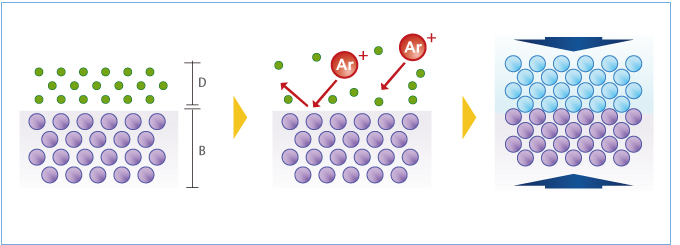

In the context of SpaceChem, molecules do the same thing, although instead of taking a molecule straight from the front of the queue, we also check to see if it satisfies the requirements of the command, as stated earlier. Queues are "first in, first out" structures, meaning you enter the back of the queue but leave from the front. For those of you less familiar with computer science, this is essentially a line, like, say, waiting in line for the movies.

HOW IT "WORKS"The main idea behind this mechanism is that it acts like a queue. AND, just to add a layer of complexity on the whole thing, the swapped atoms also have their priority reset, even if they originally had no bonds at all both priorities are lower than the fragments they leave behind, and the swapped molecules are prioritized depending on which quantum tunnel they were initially over.

Again, it can vary, and I'm not interested in delving into the nitty-gritty details. For the most part, the order for fission is left-top-middle-down-right (middle being the initial atom that was split) and swaps is left-right-top-down-middle. Since both can potentially break bonds, it's possible to create a slew of new molecules whose priority can vary depending on the topology of the atom being deconstructed. For vertical bonds, it's the molecule attached to the top-most atom.įission and swaps are a bit more abstruse (and in all honesty, you can skip this paragraph if you want). As soon as a broken bond breaks a molecule into two separate pieces, those pieces will have priority based on their position in the bond that was just broken: for horizontal bonds, the molecule attached to the left-most atom in the bond has higher priority. First, it depends on the de-bond order of molecules - bonder pads will break individual bonds according to that pad's bonder priority. This, then, begs the question: if I deconstruct a larger molecule, such as with a fission, swap, or a de-bond, which of the pieces is created first (and thus has the higher priority)? Let's start with de-bonding. Put another way, selection priority is a way of denoting, "least recently modified." Non-modifying commands, such as grab/drop and rotate, do not alter this priority. Any command that could potentially alter a molecule in some way will "reset" its priority, making it the lowest priority molecule in the reactor. So at the very least, we know they are prioritized by creation date. In the above experiment, molecules are output in the same order they were input. All molecules are given a priority from the moment they enter a reactor. For example, the requirements for an output command would be that the molecule is not held by any waldo and all constituent atoms are within the corresponding output zone. THE RESULTWhen a command is hit that targets a single molecule, SpaceChem will select the highest priority molecule that satisfies all the requirements of the command. All you need to know is that bonder priority exists and can and will affect how a group of bonders will affect both the topology of the molecules being bonded and their selection priority, which is explained below. I won't go into detail here, because it doesn't really matter. I thought the same thing at first, in fact, but you can run simple experiments that contradict this assumption. When a waldo hits a bond command, SpaceChem will start with the highest priority bonder and attempt to bond with other bonding pads placed immediately to the right and below the initial one.Īs a side note, it seems the current way of thinking is that a bonder will attempt to bond with all lower priority bonders before moving on to the next one. So lets assume that the higher the number, the higher the priority. This number is the bonder priority, and it defines what order in which bonds are created and broken. Imagine that each bonding pad in a reactor is given a number from 1 to 8 (or however many bonders there are). When two waldos hit a command in the same cycle, red executes its command first, followed by blue. There are a few other things that are not directly discussed in game, but are very important nonetheless to understand how these bugs work.īefore continuing make sure you understand these things:
#Spacechem split before bonding how to
You should obviously already have a solid understanding of the basic concepts of SpaceChem, how to play the game, what waldos are, what all the commands do, etc. If you already have a solid grasp of the game, you can skip this section.ĭiscussing bugs and how to exploit them in a solution is an advanced topic.


 0 kommentar(er)
0 kommentar(er)
